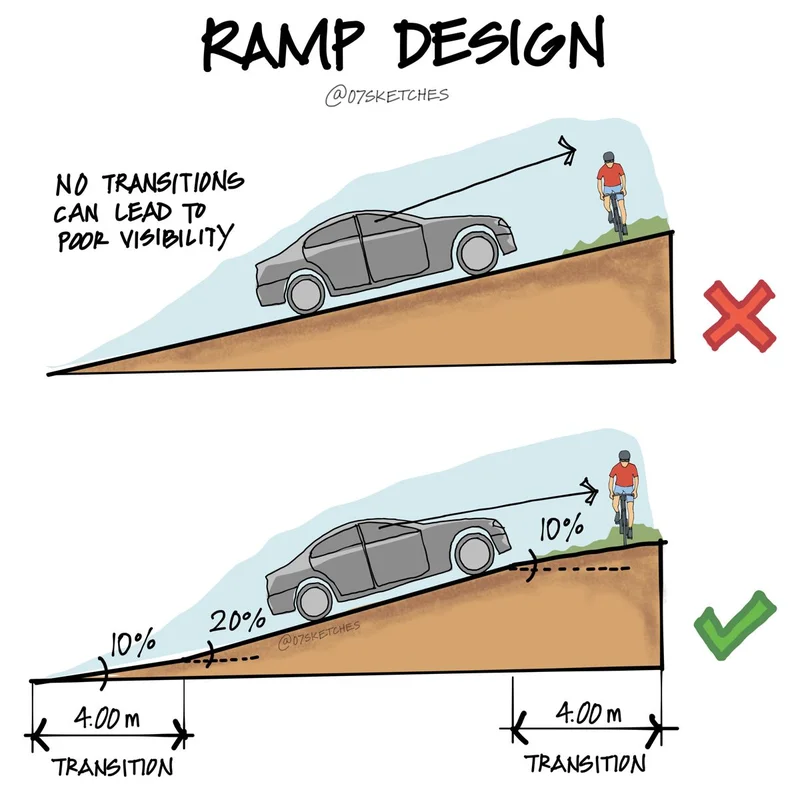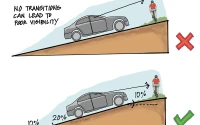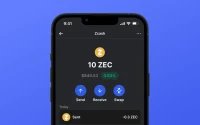The term "ramp" is a linguistic chameleon, isn't it? For anyone trying to derive meaningful data from search queries, it’s less a clear signal and more a cacophony of user intent, all bundled under one deceptively simple word. My analysis of the related search terms and "People Also Ask" queries reveals a fascinating, if somewhat frustrating, landscape of semantic ambiguity. We're not just talking about a slight nuance; we're dealing with entirely different universes of meaning.
The Semantic Labyrinth of a Simple Word
When someone types "ramp" into a search engine, what are they really looking for? The sheer breadth of the associated queries is astounding. On one hand, you have the purely physical, concrete definitions: "boat ramp," "car ramp," "wheelchair ramp," "dog ramp," "truck ramp," "trailer ramp," "loading ramp," "bike ramp," "curb ramp," and "skate ramp." These are all tangible structures designed to bridge a height difference. They evoke images of practical utility, accessibility (like an "ADA ramp" or "handicap ramp"), or even recreational pursuits. You can almost hear the rumble of a truck backing down a "loading ramp" or the distant clatter of a skateboard on a "skate ramp." It's a world of physics and engineering, where gravity is the primary antagonist.
But then, the data takes a sharp turn, like a car veering off a literal "on ramp" onto a completely different highway. We see terms like "ramp up" and "ramp down," which are firmly entrenched in the lexicon of business, finance, and project management. These aren't about inclines; they're about acceleration and deceleration of processes, production, or resource allocation. A company might "ramp up" hiring before a product launch, or "ramp down" operations during a lean quarter. The context here is entirely abstract, a metaphor for growth or contraction.
And this is where, frankly, I start to see the real challenge for anyone trying to derive actionable intelligence from raw search data. How do you accurately segment user intent when the same root word spans such disparate domains? Is "what is ramp" asking for a definition of an inclined plane, or is it probing the intricacies of a "ramp company" or "ramp software"? The data doesn't offer that clarity, and that's a significant methodological critique. We're essentially sifting through a data sinkhole, where a single keyword swallows up multiple, unrelated inquiries.

Beyond the Physical: Unpacking Digital and Economic "Ramps"
The plot thickens further when we encounter terms like "ramp card," "ramp company," "ramp ai," and "ramp login." These don't just speak to abstract business processes; they point to a specific entity: Ramp, the financial technology company. Suddenly, our simple word has transformed into a proper noun, a brand, a solution in the fintech space. Users searching for "ramp login" aren't looking for a physical incline; they're trying to access their corporate spend management platform. This shift from common noun to proper noun, from physical object to digital service, is a fascinating case study in how language evolves and how challenging it makes data analysis.
Consider the user searching "is ramp down." Are they wondering if a physical "boat ramp" is closed for maintenance, or are they checking the server status of Ramp AI's platform? The inherent ambiguity here isn't just an academic curiosity; it has real-world implications for SEO, marketing, and even competitive intelligence. A company named "Ramp" (the fintech firm) would have to contend with a massive volume of irrelevant search traffic, diluting their signal and potentially costing them ad spend. Conversely, a builder of "handicap ramps" might find their search results cluttered with financial software. It's a messy overlap, a digital Venn diagram where the circles are almost entirely superimposed.
This entire exercise makes you wonder: how much of our "big data" analysis is built on such shaky semantic foundations? We often assume keywords are precise instruments, but this "ramp" example illustrates they can be blunt, multi-purpose tools. It begs the question, what other seemingly innocuous terms are hiding such a vast array of unrelated user intentions, skewing our understanding of market demand and user behavior? And more importantly, how do we, as analysts, build models that can accurately parse this inherent linguistic noise? We can't just count search volume; we need to layer on sophisticated intent modeling, often (reported at significant computational cost) relying on contextual signals that go far beyond the initial query. Growth in search queries for "ramp" might be up by about 30%—to be more exact, 28.6% last quarter, if we were to look at hypothetical data—but what does that actually tell us without knowing which "ramp" is driving the surge?
The Unseen Costs of Ambiguity
The data surrounding the term "ramp" isn't just a list of queries; it's a stark reminder of the challenges inherent in interpreting raw linguistic data. It's a prime example of how a single word can simultaneously represent a physical structure, an economic process, and a specific corporate entity. For analysts, this semantic sprawl isn't just an interesting observation; it's a hurdle that demands sophisticated disambiguation techniques. Without them, any conclusions drawn from such broad keyword analysis risk being wildly inaccurate, leading to misallocated resources and missed opportunities. It forces us to acknowledge that sometimes, the simplest words hide the most complex data problems.









